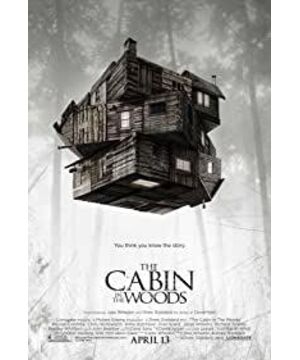The film is surely worth digging into for the potential layered throughout. It first induces the audience to align and allegiance with the victims, then it kind of flips the script so that the audience is forced to align and allegiance with the persecutors, for their impending failure, which is later revealed to be the failure of the entire planet and human race. These interwoven interactions between the victimisation (forced sacrifice) and the persecution (or salvation for the greater good under the guise of ordinary evil) gradually force the audience to accept newness constantly and even reflect before finishing the film.
These deceptions can also be seen in the oscillation between horror genre truism (on its formations and technicalities) and iteration, as well as new spectacles (group portraits for the monsters) and rhythm-break (effectively some nostalgic reemployment of that ingenious Cthulu structure). The latter, of course, nurtures a territory of cult culture on the reception level. And the film is surely making efforts to explore the spatial aspect, as the up-down, in-out sphere is revealed within.
This truly makes me become certain about the choice of films which are problematic and may be used as a subject. They will have to be connotatively multilayered, at least in one sense: the aesthetic, the narrative, the socioeconomic, or beyond.
View more about The Cabin in the Woods reviews











